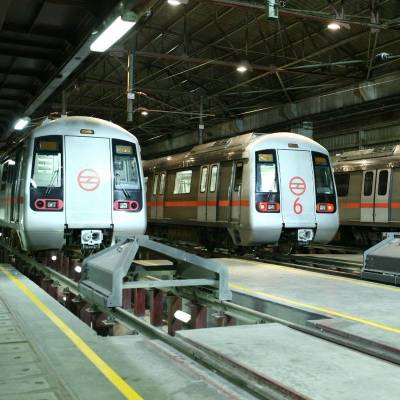

Rapid urbanisation is one of the primary challenges that have been faced over the years. It is expected that by 2030, over 40% of India’s population will be living in urban areas without a robust infrastructure for mass mobility, and urban centres cannot grow.
Economic growth and increased employment opportunities can happen if a city has quality transportation options. In the case of Delhi NCR, the metro came in and transformed the entire economic structure of the region. Within years, areas like Dwarka, Noida, Gurgaon, Faridabad and Ghaziabad became residential and commercial hubs because of easy metro connectivity. Metro connectivity in Old Delhi revived the residents, as people could travel to these areas without congestion on the streets or parking hassles. The development of metros resulted in a tremendous reduction in vehicular emissions. Delhi Metro has now triggered a metro revolution in India and other ever-expanding urban areas. Currently, over 770 km of metro lines are operational across 20 cities in the country, making India one of the largest metro rail networks globally. The Delhi Metro also recognises its role as a bigger metro system and guides most of the metros in varying capacities. The Delhi Metro Rail Corporation (DMRC) is involved in the construction work of the Mumbai and Patna metro projects. Besides the metro, a lot of focus is on other rail-based solutions, which are smaller in capacity but can cater to the requirements of Tier-2 cities. Systems like MetroLite and MetroNeo are in the planning stages for cities, that are smaller with fewer populations. Image Source